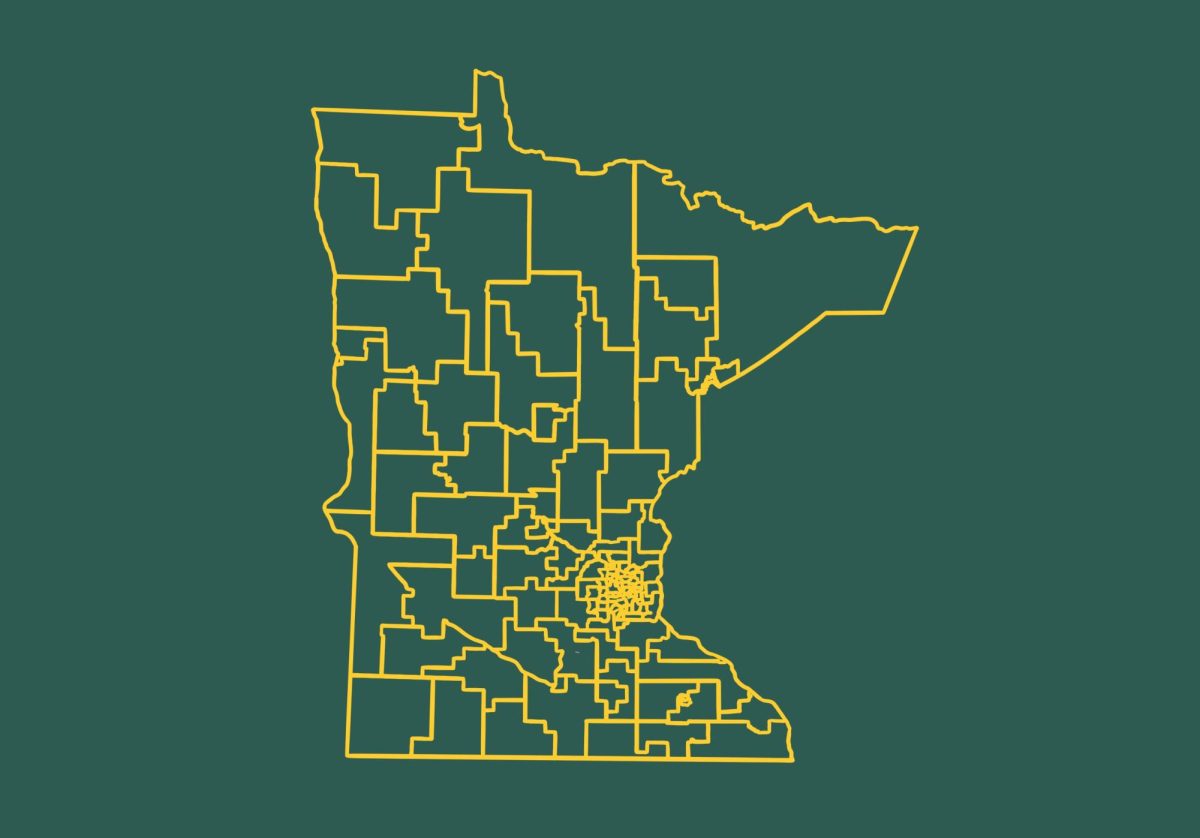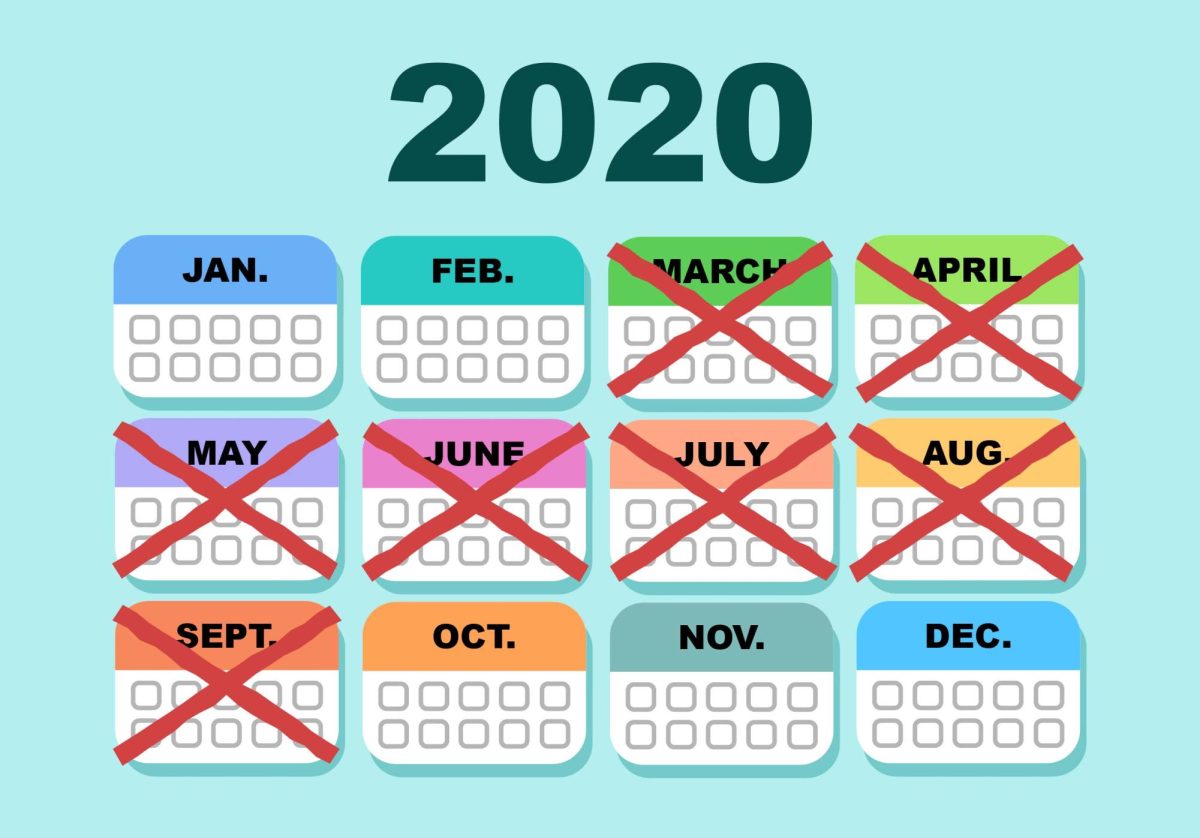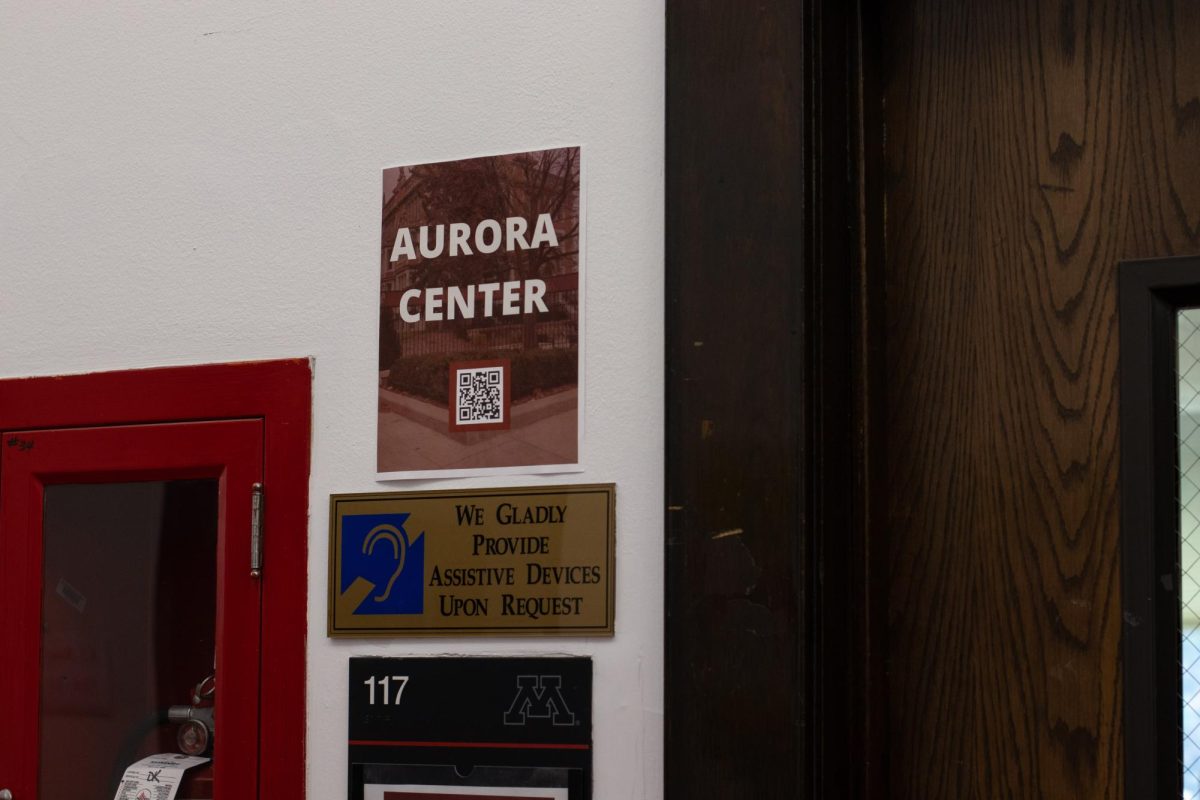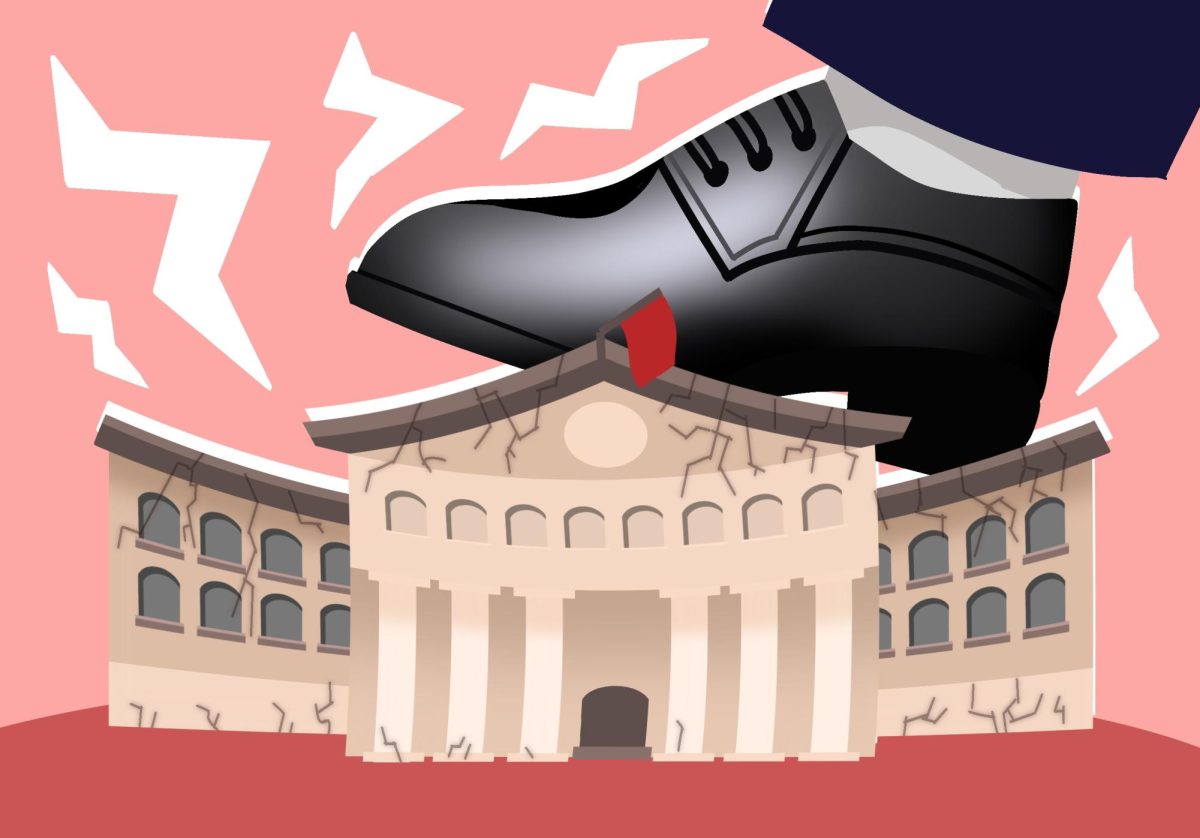Have you ever felt like the government does not represent your beliefs or that your vote doesn’t actually matter?
Even outside of the debate around more hotly contested election issues, like the Electoral College, there are plenty of problems with our elections that need to be discussed.
For example, Minnesota has voted Democratic for every presidential election since 1976, yet its own internal politics remain curiously contentious. This was plain to see in 2024.
Despite Minnesota voting for Kamala Harris by a margin of more than 100,000 votes and for Sen. Amy Klobuchar by more than 500,000 votes, the state legislature was still split with a 67-67 tie in the state House of Representatives.
So why is there a disconnect between the state’s overall results and its own internal politics?
As it happens, not every vote matters equally. After all, a vote for a party in an area where that party has 80% support makes much less of a difference than a vote in an evenly split district, as the winning party will only earn one seat, no matter how close the outcome is.
These “wasted votes” add up quickly, especially in urban areas with densely packed populations. Some state House districts in Minneapolis, such as District 62B, saw 2024 results for the DFL candidates soar past 80%, contributing to the gap between Minnesota’s federal and state election results.
Researchers Nicholas Stephanopoulos and Eric McGhee coined the term “efficiency gap” in a 2014 paper to measure the representation of legislatures by comparing the number of wasted votes to the overall number of votes cast.
While the efficiency gap was initially created to measure the effects of partisan gerrymandering, it underlines a key problem with how we elect our legislators.
Minnesota has a single-member voting system for both its Senate and House of Representatives, meaning that the winner of a district’s election takes the district no matter the number of votes for their opponents.
“The key insight underlying the efficiency gap is that all elections in single-member districts produce large numbers of wasted votes,” according to Stephanopoulos and McGhee.
If higher efficiency gaps are caused by single-member districts, why not try something new?
That’s where multi-member districts, also known as plural districts, come in. Despite what you may think about democratic elections, legislative elections don’t need only one winner, and it is possible to vote for multiple candidates in a single election.
As of Oct. 2, 2024, 10 states use a type of multi-member district in at least one of their state legislative chambers.
Additionally, a plethora of nations around the world, from Brazil and Germany to South Africa and Indonesia, incorporate some kind of plural district in their national legislative elections.
Unfortunately, due to a history of winner-take-all and general ticket use within state delegations, Congress banned the use of plural districts at the federal level with the 1967 Uniform Congressional District Act.
However, there are still people fighting to change that fact. A 2022 open letter to Congress, signed by more than 200 scholars (including seven affiliated with the University of Minnesota), urged Congress to lift the ban on multi-member districts and take steps toward proportional representation at the federal level.
“As the 2020 redistricting process comes to a close, it is clear that our winner-take-all system — where each U.S. House district is represented by a single person — is fundamentally broken,” according to the letter to Congress. “We call on Congress to adopt inclusive, multi-member districts with competitive and responsive proportional representation.”
The letter also said that, regardless of district gerrymandering, creating competitive districts under our current system is incredibly difficult due to uneven distributions of voters.
Andrew Karch, chair of the Department of Political Science at the University of Minnesota, said that while Minnesota is a politically diverse state, much of the support for each party, especially the DFL, is very concentrated in certain areas.
“In that sense, Minnesota really represents that growing trend of that urban-rural divide,” Karch said. “Historically, the DFL had more support in Duluth and the Iron Range, and as that support has evaporated a bit, the party strength has become more concentrated in the Twin Cities.”
This high concentration of voters makes it very hard to draw competitive single-member districts, leading to a higher statewide efficiency gap.
“Our arcane, single-member districting process divides, polarizes and isolates us from each other,” according to the letter. “It has effectively extinguished competitive elections for most Americans and produced a deeply divided political system that is incapable of responding to changing demands and emerging challenges with necessary legitimacy.”
Karch said one of the main obstacles to using multi-member districts is that political influences can affect our current process of drawing electoral districts.
“I think one of the challenges has to do with the fact that we have this redistricting process, and that process has become increasingly scientific,” Karch said. “Parties are very skilled at drawing maps, disadvantaging their opponents and advantaging themselves, and they can do so with a lot of savvy.”
Karch said multi-member districts, in combination with other electoral reforms like redistricting commissions and ranked-choice voting, could potentially help issues like high-efficiency gaps and political polarization.
“At this particular moment, people are thinking of lots of different ways to perhaps adjust the rules,” Karch said. “And so, putting together a reform package could help.”
Multi-member districts aren’t exactly perfect either. To get a multi-member district from our current system, several existing districts would have to be combined, forcing representatives to represent greater geographic areas and potentially putting distance between the voter and the representative.
There is also a concern about whether minority groups will be represented fairly under a plural district system.
“I think one of the concerns about multi-member districts has to do with who the winners are most likely to be,” Karch said. “For a while, the scholarly consensus was that multi-member districts might disadvantage historically underrepresented groups, particularly racial and ethnic minorities.”
Yet there is still hope for multi-member constituencies. While it has lagged behind on Asian and Hispanic representation, Maryland’s General Assembly, which uses plural districts to elect its representatives, has become increasingly more diverse over the past decade.
This could indicate that racial disparities are a result of how the multi-member districts were implemented, not the system itself.
Regardless, something must be done to reform our less-than-representative electoral system, and despite its potential flaws, multi-member districts stand a good chance of reducing Minnesota’s legislative efficiency gap. While it would be hard to implement on a national level, this new electoral system is still worth a try within our state elections.
So next time you go to the ballot box, you should ask yourself the question, “Would I mind marking a few more boxes if it means my vote has more of an effect?”














John Whitmer
Mar 27, 2025 at 11:21 am
An excellent article. Multi-member legislative districts are very common in modern democracies worldwide. Hopefully we will catch up eventually – we usually do. Was it Churchill who said democracies usually end up using the best approach after trying all the lesser ones?
Unless one is skeptical of legislative representation reflecting the broad electorate, one should be strongly in favor of multi-member districts and proportional representation.
Sam H
Mar 26, 2025 at 11:55 am
Love this opinion piece! Well written and researched!